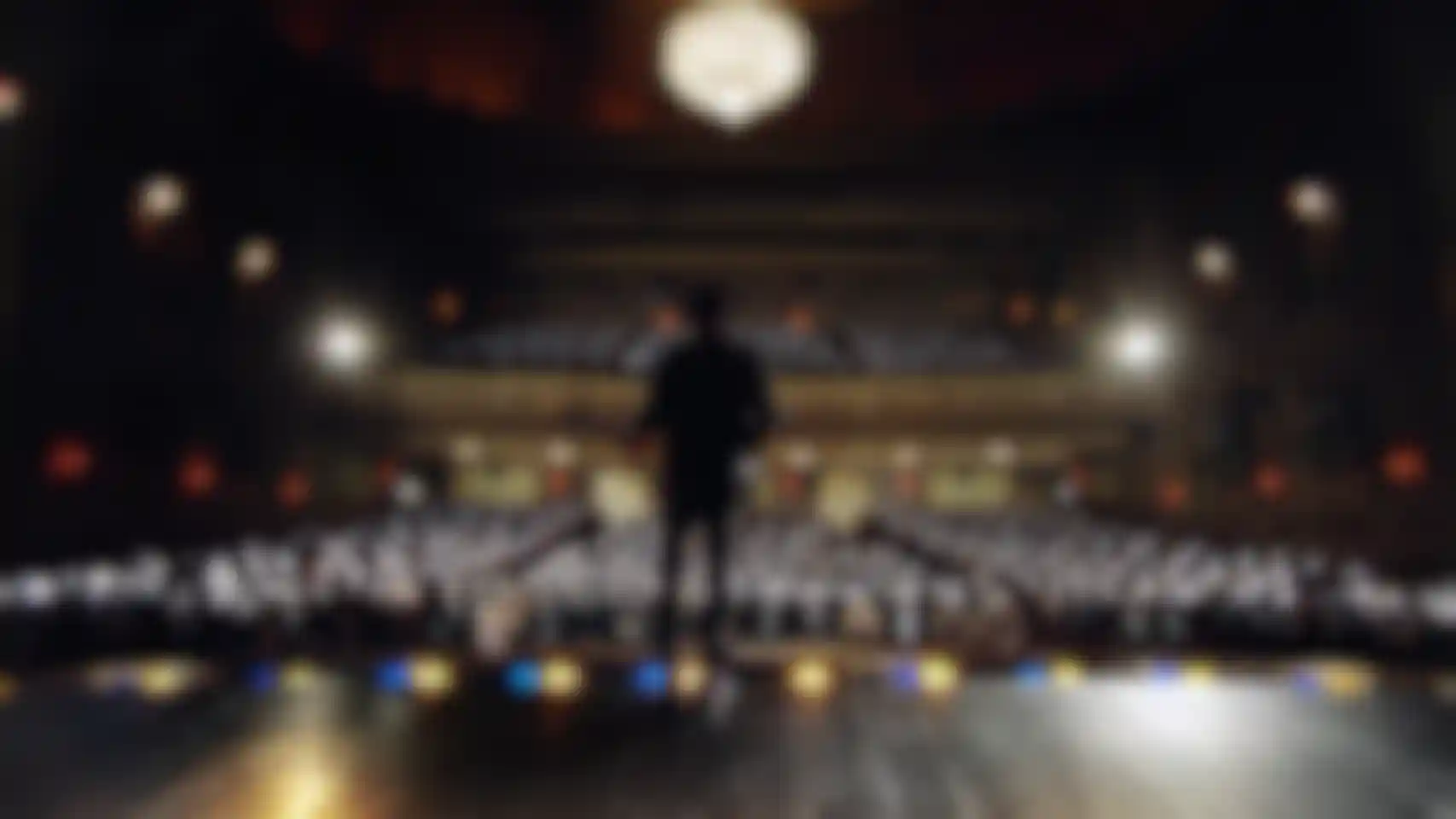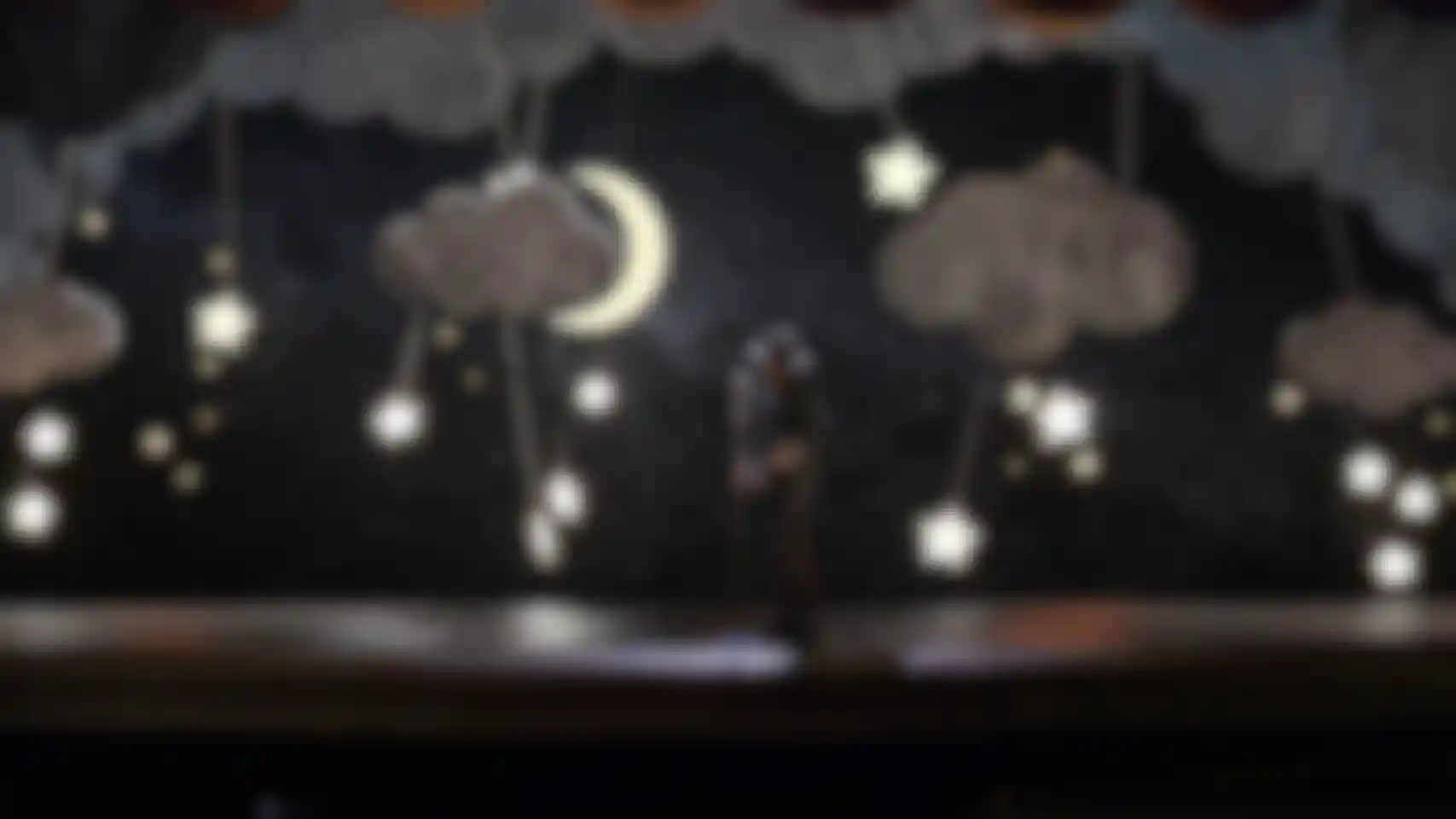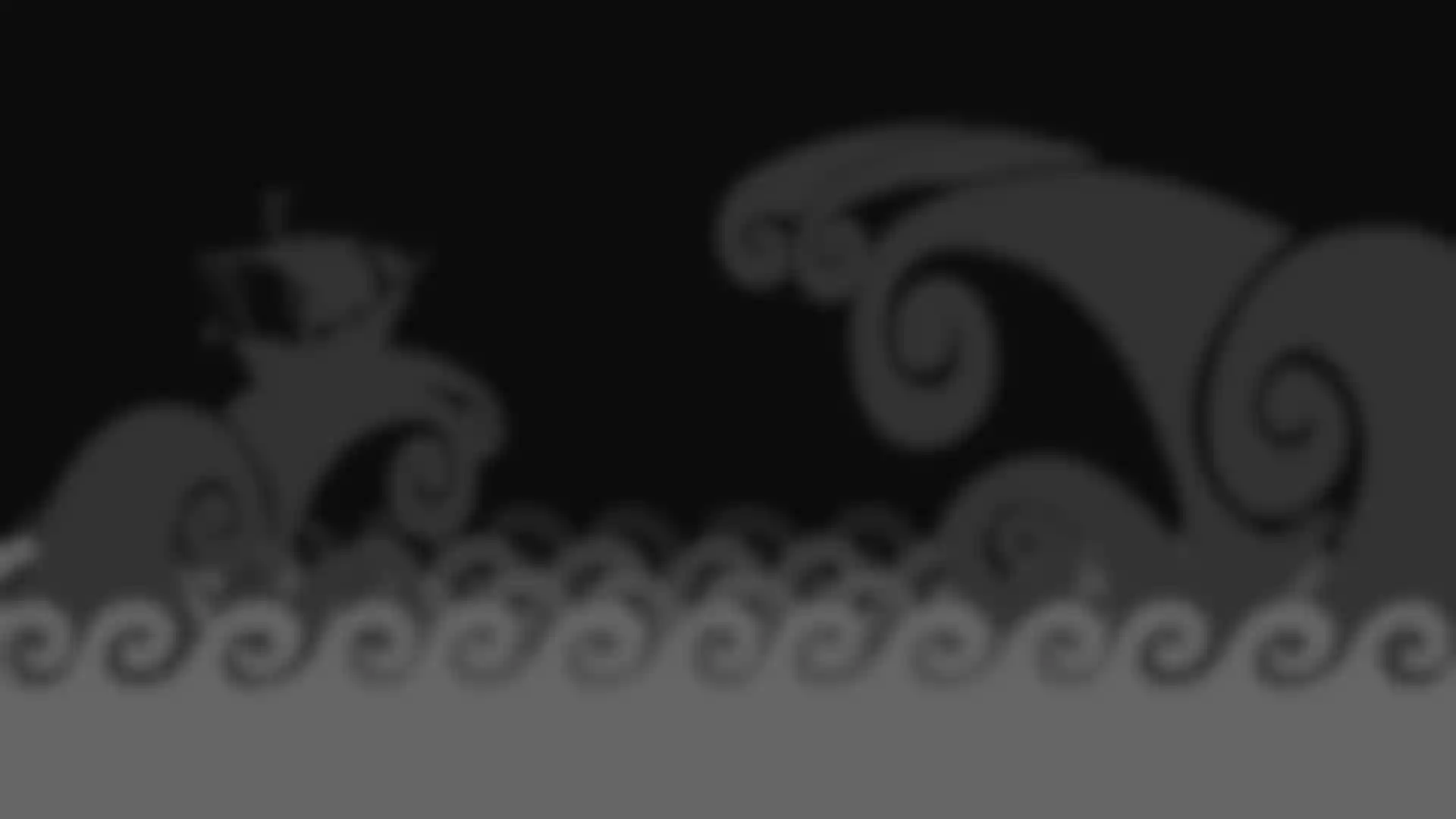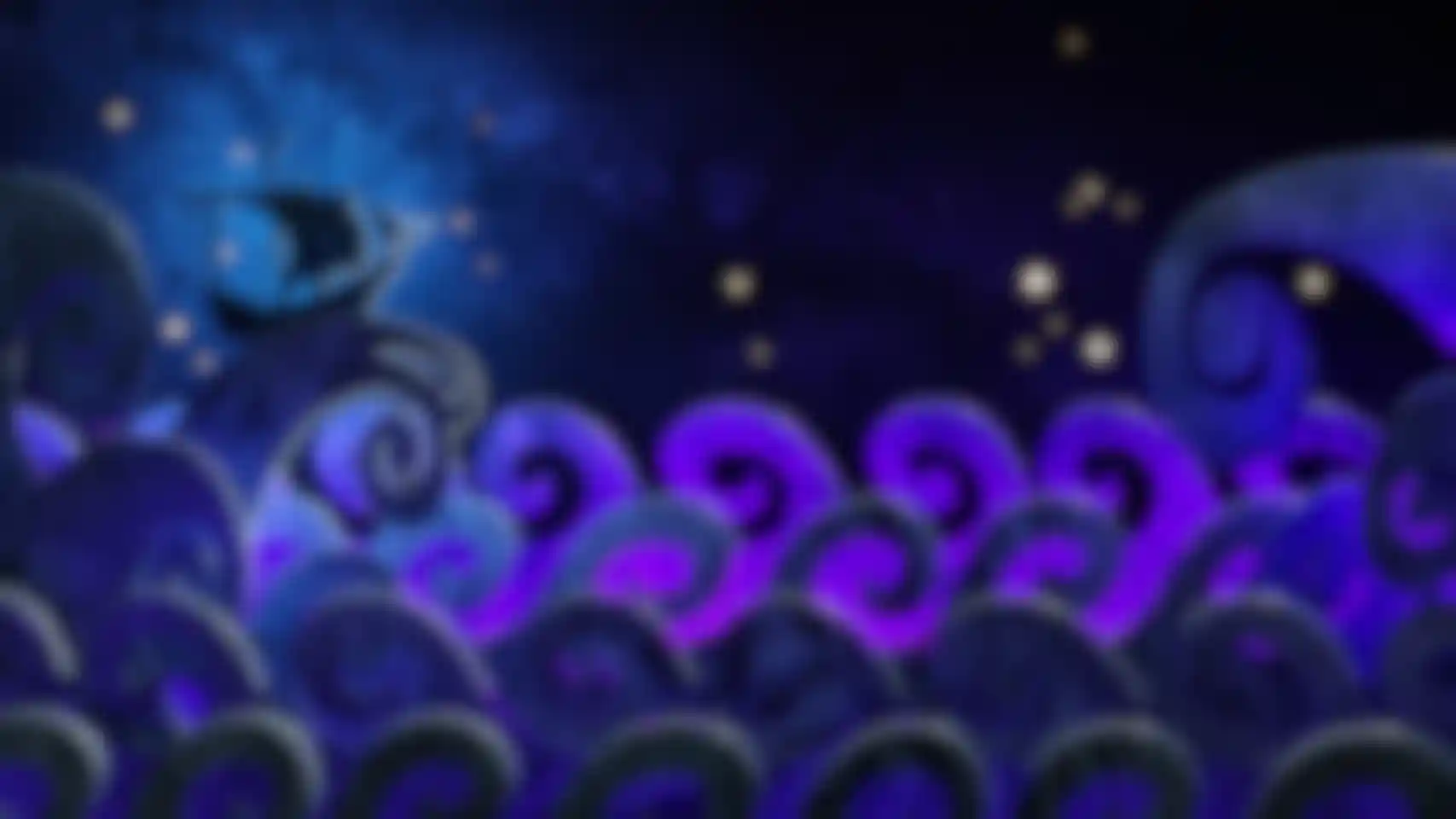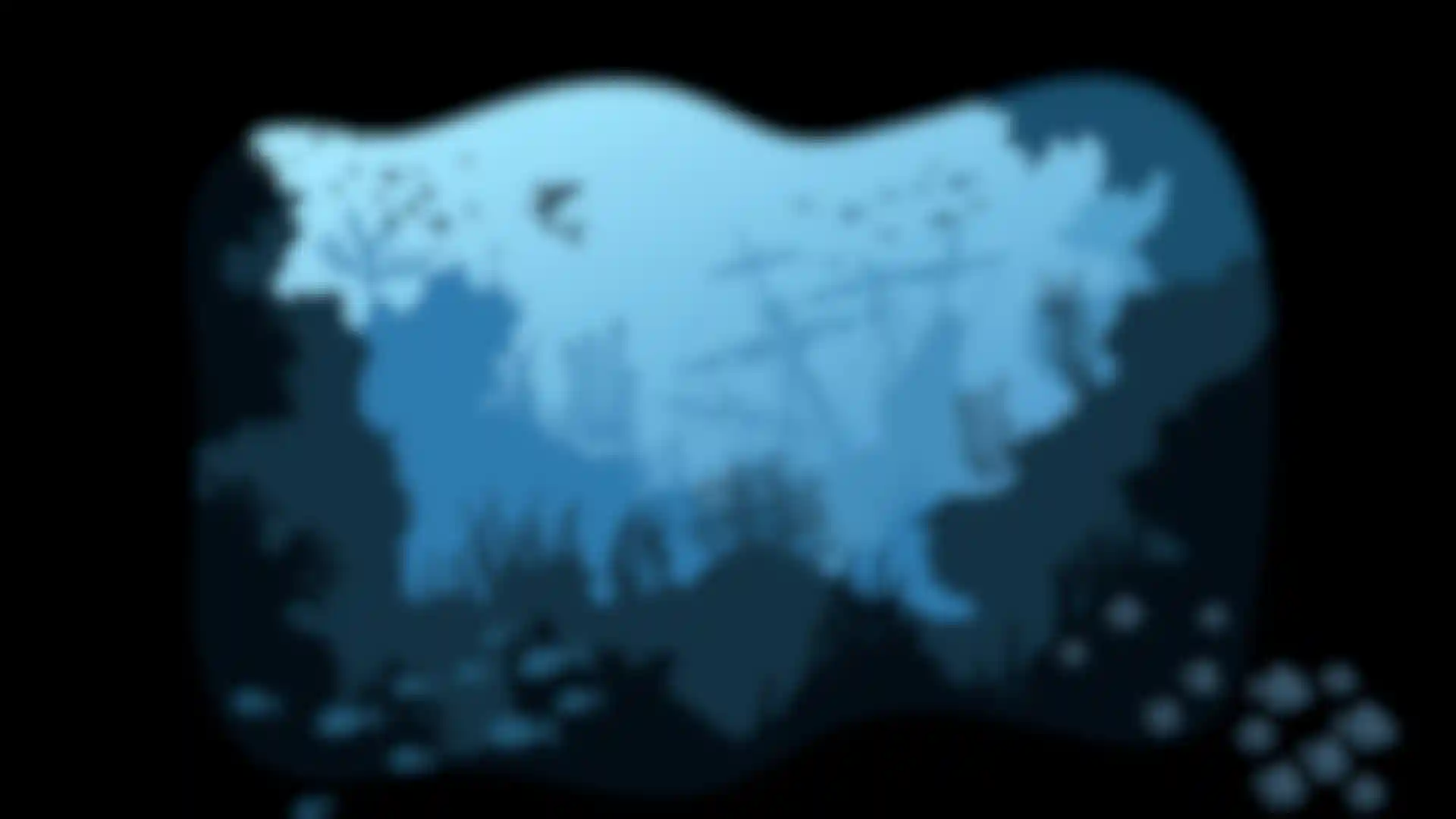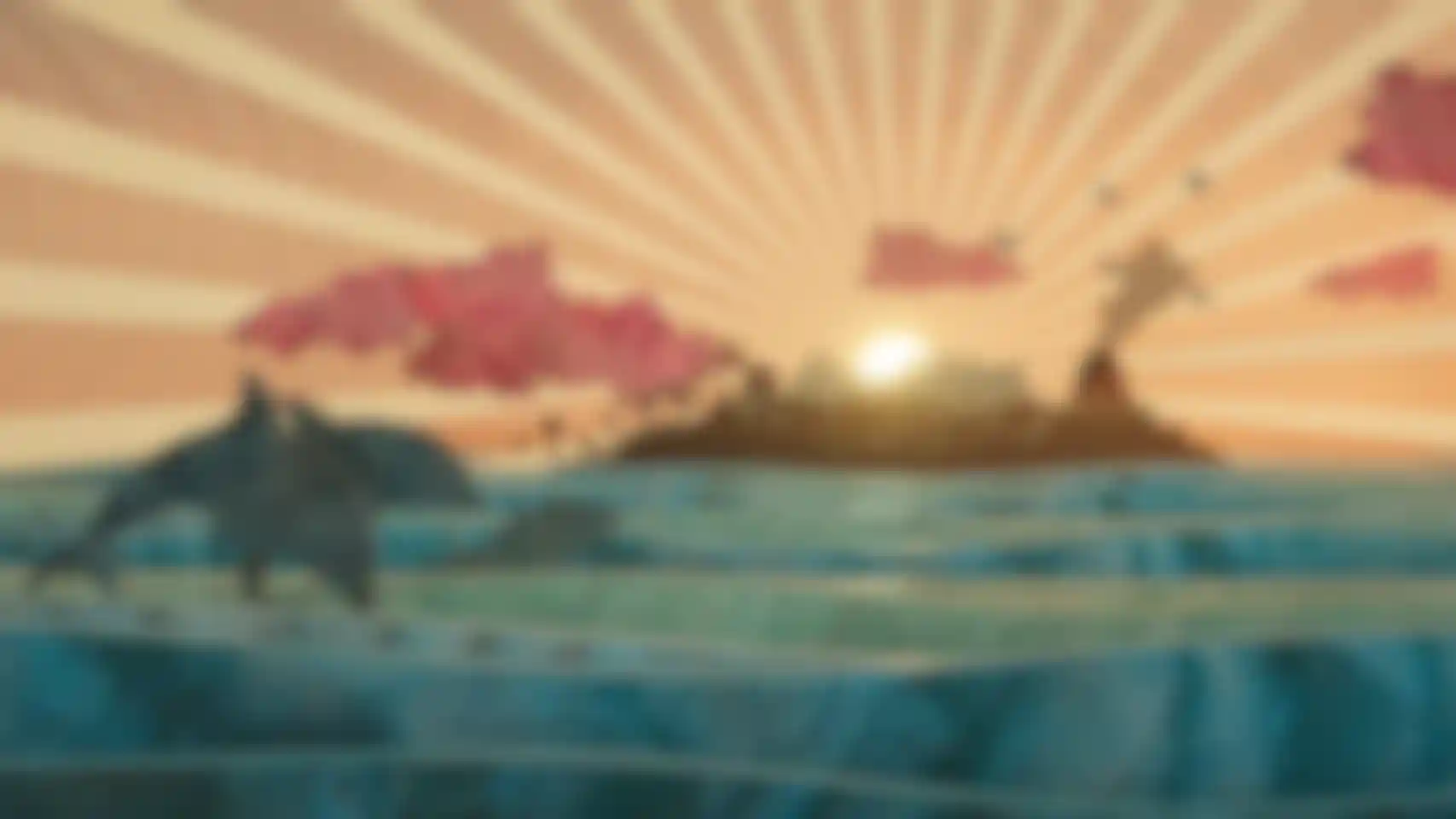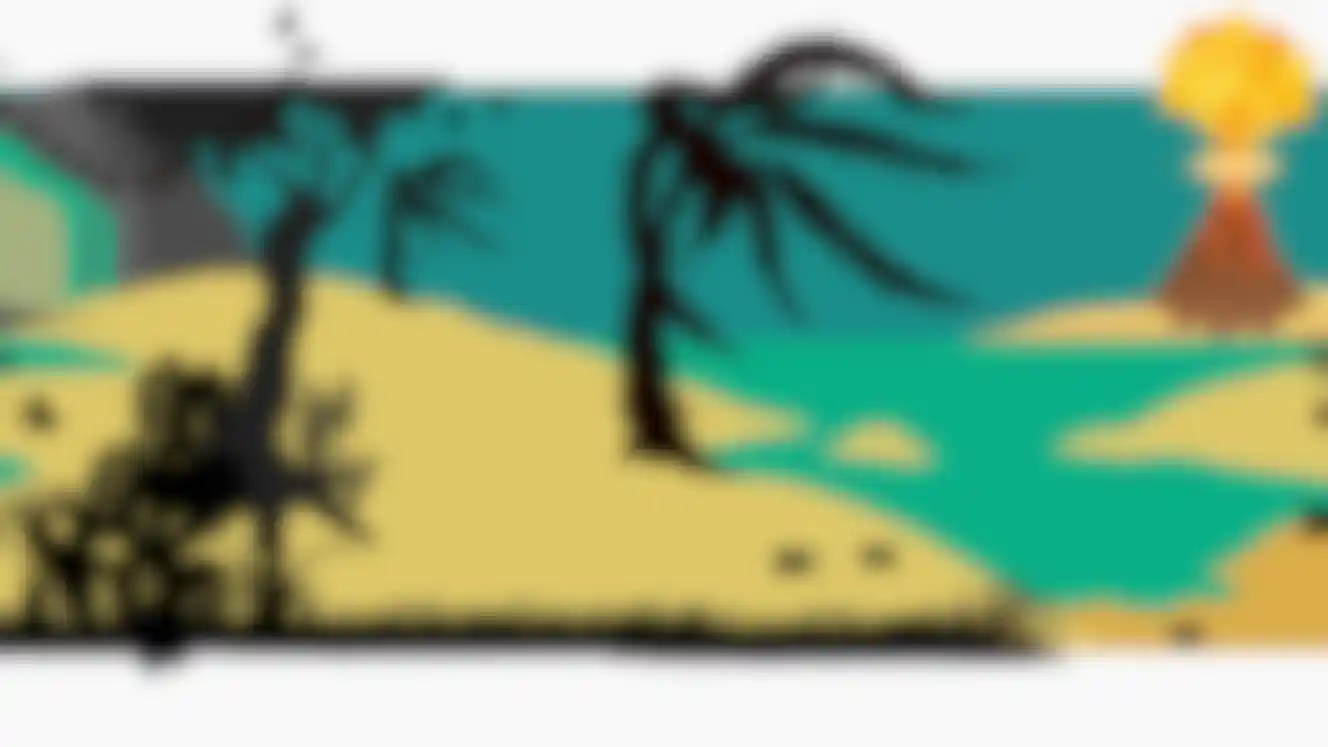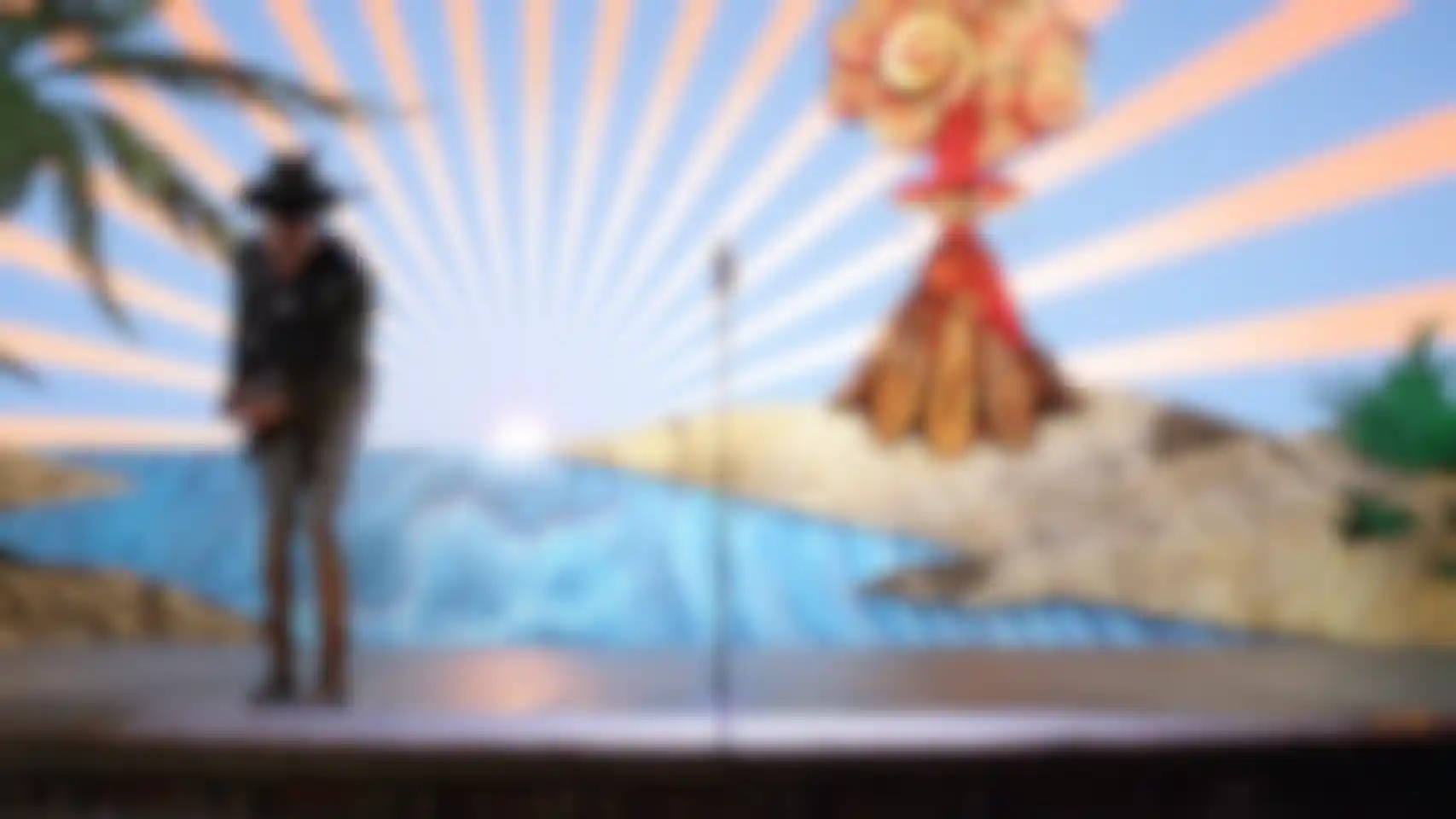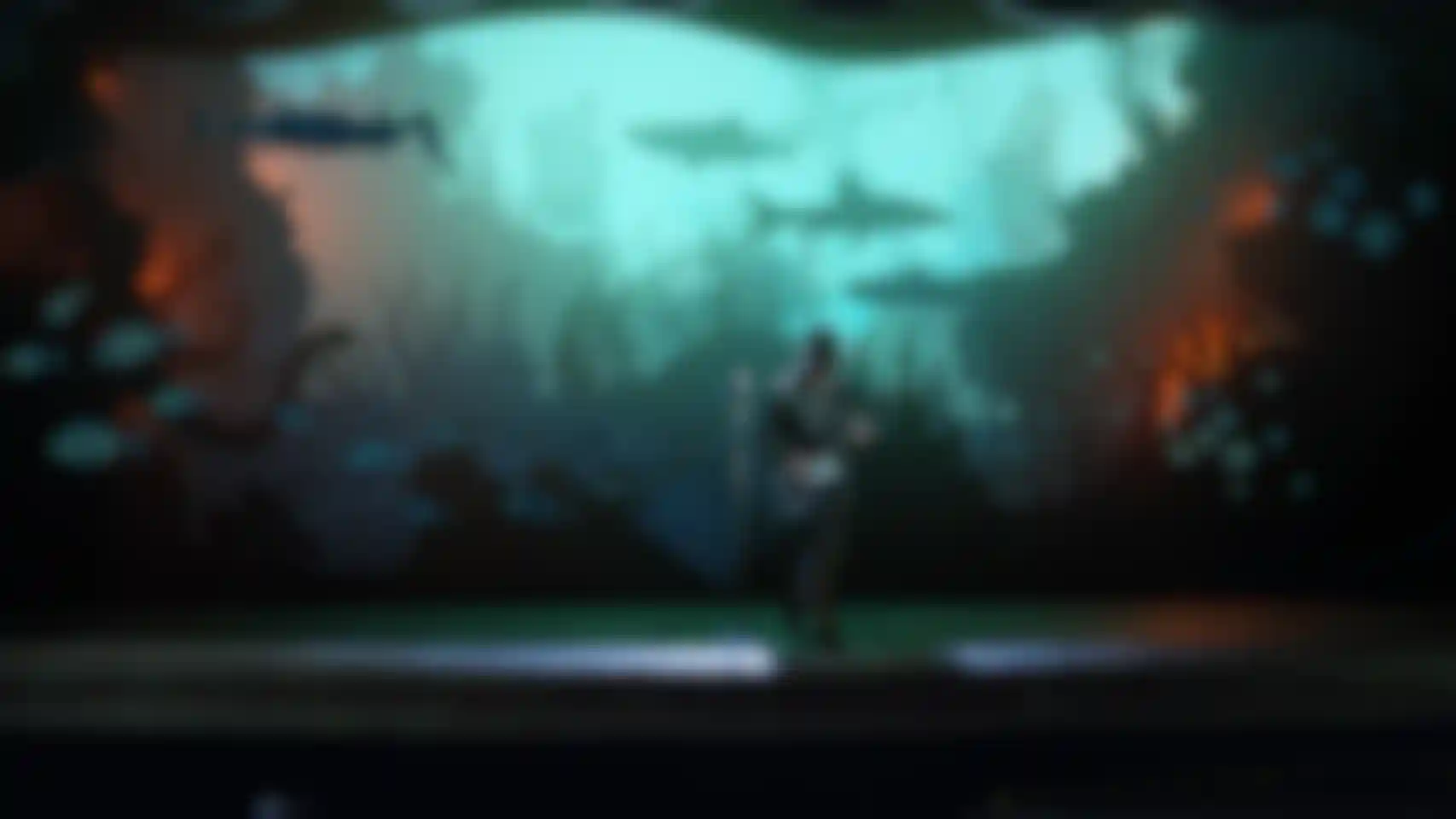
A Bad Think's Magical Music Video "Feel Me" David and Chelsea Ariew on how they collaborated using C4D, After Effects and Octane to create a surreal video for Michael Marquart.
Sometimes burnout can be a good thing. At least it was recently for Cinema 4D/After Effects and Octane artist David Ariew. After finishing up a grueling full-CG music video for artist Janelle Kroll, it was time to start another massive project - a new music video for Michael Marquart's band, A Bad Think. "But I had a huge case of blank-slate syndrome," Ariew recalls, explaining that the whole video was shot on green screen so everything that would exist behind Michael, the singer, was totally up in the air.
"Derrick Borte, the director, told me the theme would be vaudevillian, and he trusts me enough by now that he knew I'd be able to pull off the specifics after the fact," Ariew says. But after several weeks of technical work, mostly tracking and keying, he hit a wall and began to avoid the project, feeling both burned out from the previous video and overwhelmed by the amount of creative freedom he'd been given.
That's when his wife, Chelsea Ariew, a writer, fine art photographer, performer and all-around creative person, came to the rescue. Inspired by the director's reference video - Peter Gabriel's "Sledgehammer," and his Pinterest mood board featuring a couple of wooden cutouts, she took on the role of art director and used Illustrator to come up with a loose storyline for the band's latest release, "Feel Me." Watch the video here:
I asked this newly married creative team about how they worked together to make this unusual music video. Here’s what they had to say.
David, you’ve worked with this director before. How would you describe this video?
David: It’s weird because Michael is up on stage performing and all kinds of things are happening, but the audience is wearing VR headsets, so you don’t really know what they’re watching. The point of the video is that people don’t even care what’s happening on stage, and the audiences’ reaction is part of the story too. They knew they were going to shoot this at the Byrd Theater in Richmond and they wanted Michael to be performing while a constant barrage of crazy CG was going on behind him that the audience would basically ignore because people just aren’t impressed by anything anymore. Chelsea came up with a story, opening with a vintage-stage look that appeared minimal enough to seem practical. From there, she wanted the sets to have a visual progression into more elaborate and fantastical realms.
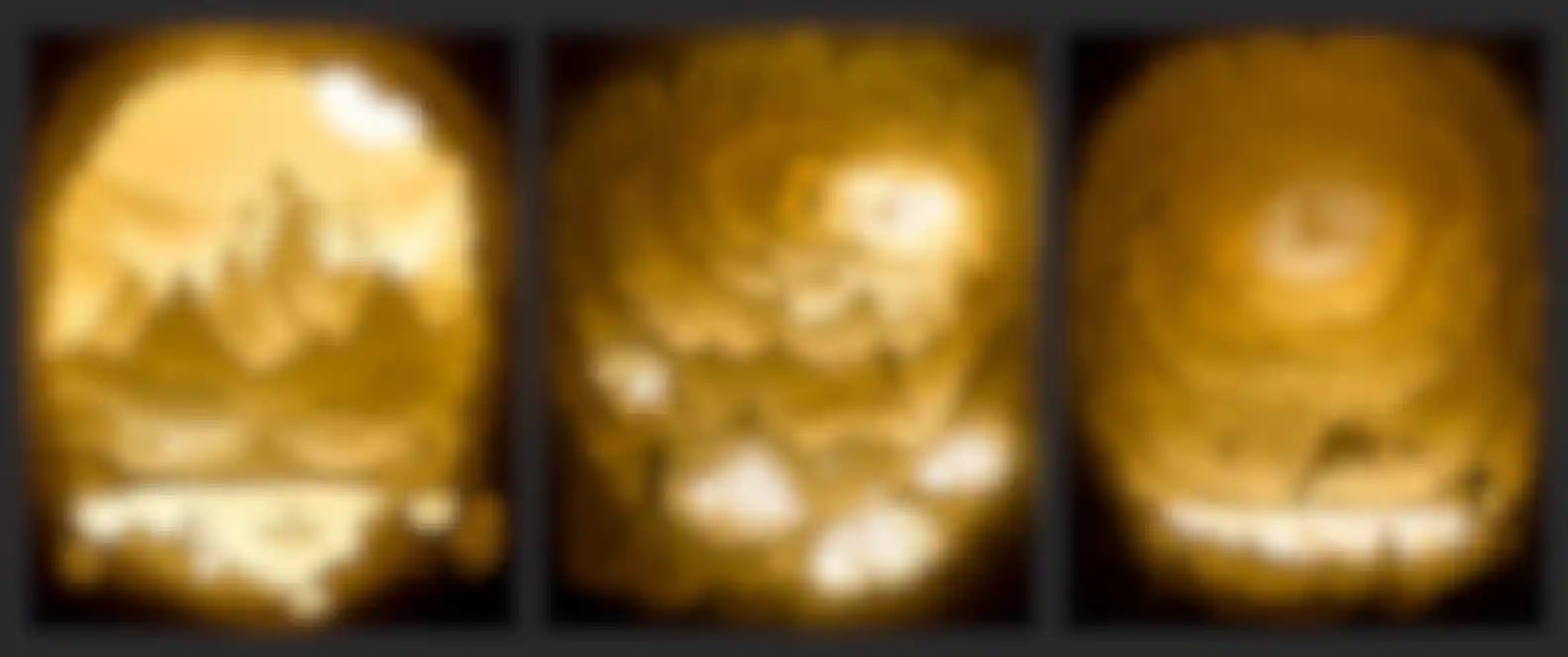
Chelsea, talk about your process for coming up with the video’s fantastical style.
Chelsea: I’ve created stage sets for my old dance company, including one for a 1920’s crazy Charleston routine that took place on a boat, where waves and other props were moved by dancers. I thought about the couple of wood cutout scenes Derrick added to the Pinterest board, which was mostly a bunch of hi-tech Tron-looking stuff, and I thought it would be really fun to have the juxtaposition of VR with these old-timey wooden stage scenes.
Searching for inspiration to create entire scenes, I found these beautiful light boxes that people had created by taking silhouettes and stacking them with light in between. I thought it was such a neat way to handle the giant rectangle behind Michael. David and I scrubbed through the rough edit and chose moments where a visual shift could happen and figured out how many scenes we needed. Then, I hand-sketched out some rudimentary drawings of the story that came to my mind.
David: It was great because I’m not very good at Illustrator, and I’m not a traditional designer. So when the light bulb came on that we could work together, Chelsea was like, ‘Yeah babe I can do this kind of stuff.’
Chelsea: Using my own rough-scribbled storyboards for each different scene concept as a guide, I found different vector elements that I needed online and then kitbashed them together, creating stacked/layered compositions that David could extrude, texture, light and animate. I worked in Illustrator and it was a matter of creating each layer to reveal the layer behind in a visually pleasing way. I initially worked in grayscale, but some of the compositions got so intense that I needed to use bright colors just to see what I was doing. Once I was happy with a scene’s composition, I would pass it over to David so he could work his 3D magic on it in Cinema 4D.
David, explain how you used Cinema 4D and Octane?
David: Taking her Illustrator artworks and extruding them and adding a slight bevel to catch the light was sort of like C4D 101. But with all of the photorealism that Octane can bring to the process, the cutouts started to feel physical and integrated into Michael’s world. I keyed out Michael and had the stage with the background knocked out. Then I brought that into C4D to line up the CG elements in perspective so I could match the lighting in Cinema to the practical lighting.
The texturing was simple, and I ended up only using a single wood material and varying the color throughout. Chelsea worked with me every step of the way as I brought her scenes to life. We came up with color palettes for each scene together and collaborated on animation ideas for different elements and creatures.
Once I stacked all of the layers in 3D, the majority of the heavy lifting was done by the lighting and volumetrics. My good friend Eric Hurt was the DP, and thankfully he used a strong backlight, which is a look that worked well for accentuating the CG elements.
I think one of the biggest things that really sold the compositing was replacing the stage’s floor so it would catch the reflections of everything. That was Chelsea’s idea, and it was great because it allowed the lighting to feel more integrated.
What kind of response has the video gotten so far?

David: Feedback has been super positive. The best thing was some people compared it to Laika’s work, and others have said it looks photo real. Derrick was super stoked because it’s so unique and unlike anything he’s seen. I like mixing it up and reinventing myself, and this was far away from my usual style, so it was really fun. And it was great to work with Chelsea. We’re thinking of collaborating on book trailers for the novel she’s working on, and this project has sparked a ton of ideas.
